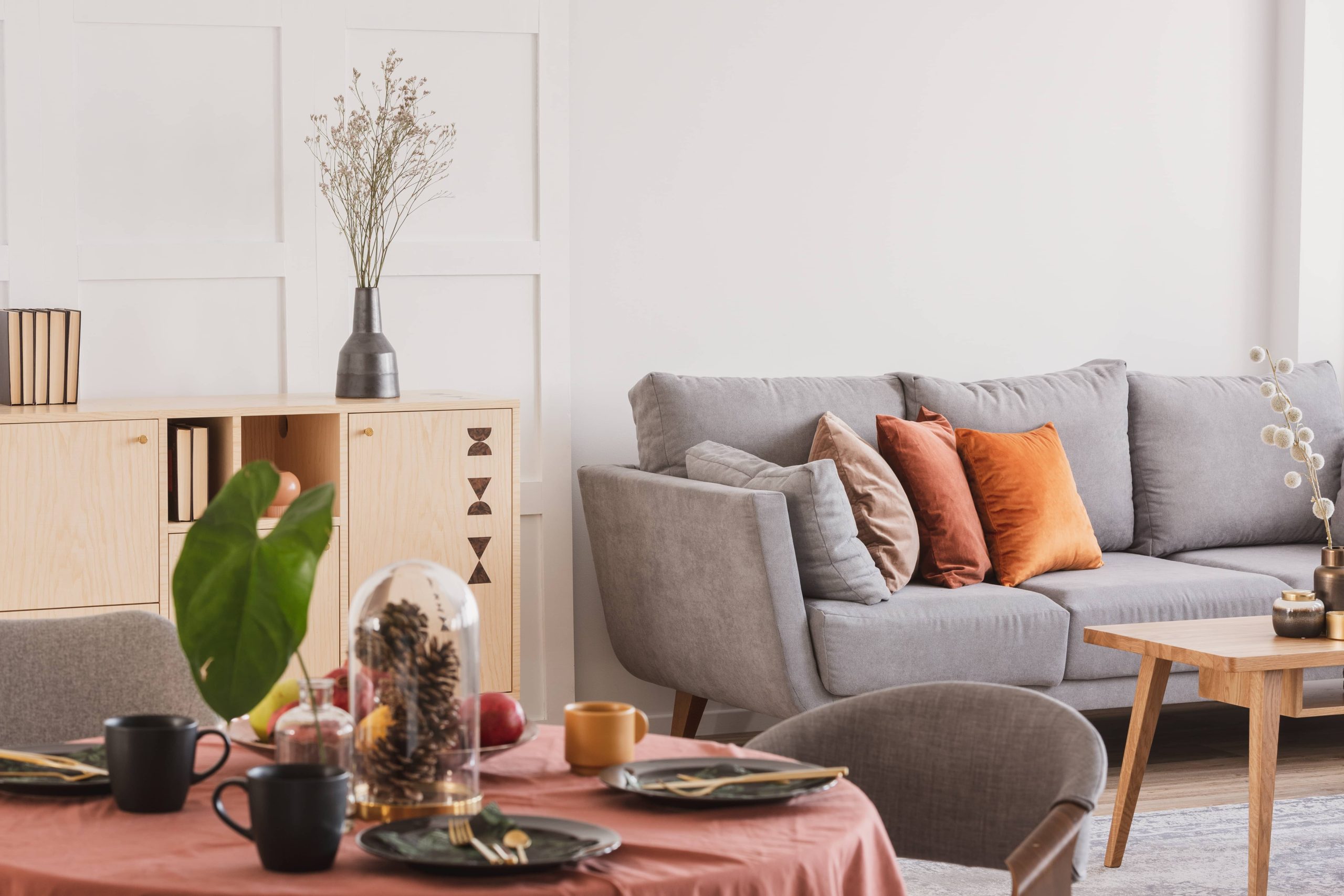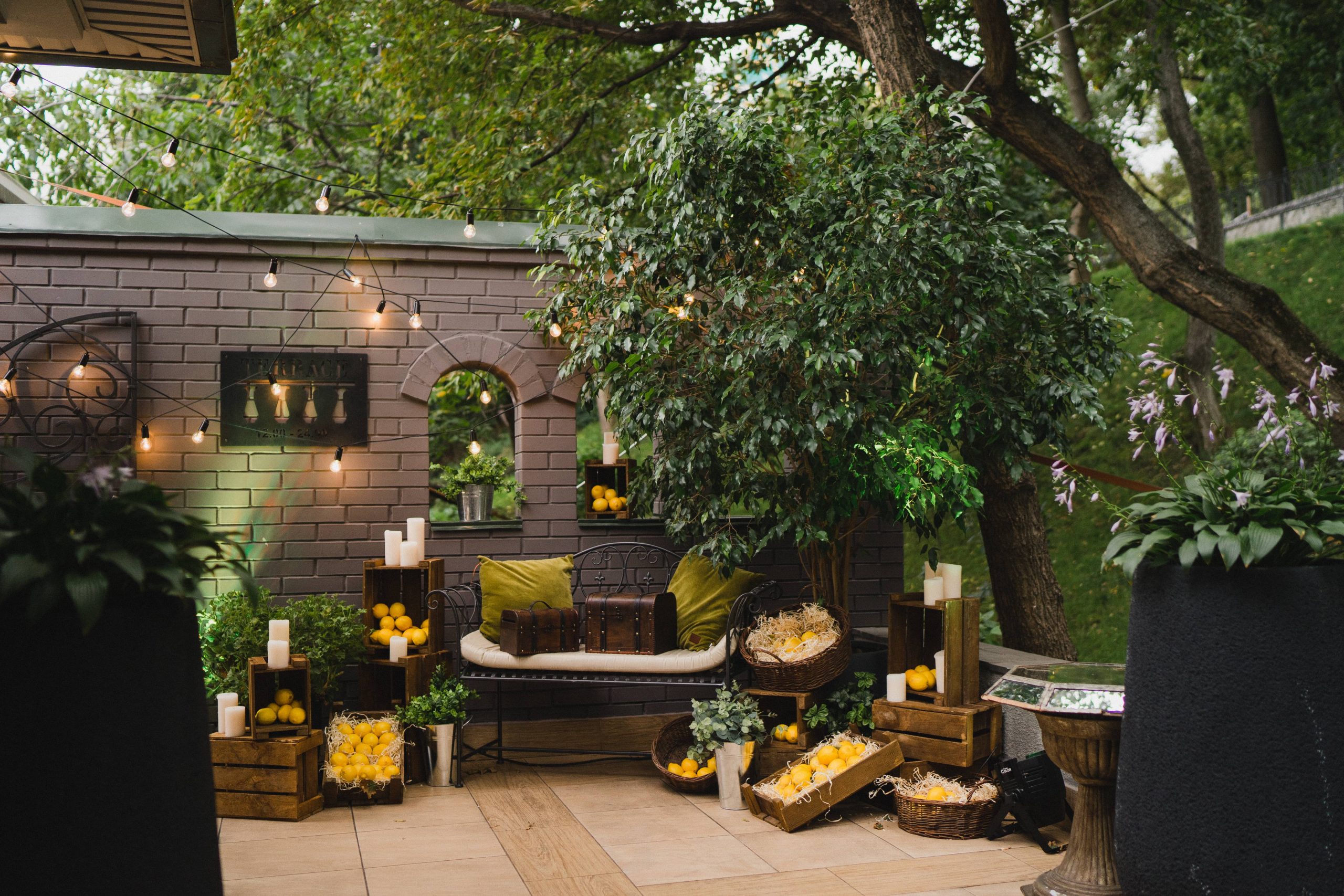
In today’s fast-paced world, our homes should serve as sanctuaries where we can unwind, relax, and rejuvenate. However, for many, the living space is often a battleground of clutter, chaos, and constant mental overstimulation. Fortunately, creating a calm and clean living space is achievable with a deliberate and thoughtful approach to home decor and styling. In this blog post, I’ll guide you through some key principles and actionable steps to transform your living environment into a serene refuge where each moment can be savored.
1. Embrace Minimalism
One of the fundamental principles of creating a calm living space is to embrace minimalism. This doesn’t mean you need to get rid of everything, but it does involve a shift in thinking about what you truly need and what brings value to your life. Start by decluttering. Go through your belongings and evaluate each item’s purpose and emotional significance. Ask yourself if each piece truly enhances your space or simply adds to the noise. Quality over quantity is key here. Choose fewer, well-made items instead of unnecessary multitude.
Minimalism extends beyond physical objects to encompass mental space as well. A cluttered room can lead to a cluttered mind, which in turn affects your peace and well-being. By practicing minimalism, you will not only create a more visually pleasing environment but also invite serenity into your life.
2. Opt for a Soothing Color Palette
The colors that surround us have a profound effect on our mood and emotions. When selecting a color palette for your living space, focus on hues that evoke calmness and tranquility. Soft, neutral tones like whites, beiges, and pastels work well in fostering a serene atmosphere. These colors allow light to flow freely and create an illusion of openness and simplicity.
Incorporating natural elements into your decor can also add warmth and a sense of grounding to your space. Think of wood accents, woven textiles, or even a hint of greenery. These can effectively create a connection between your indoor environment and the calming essence of nature.
3. Prioritize Comfort and Function
When designing a calm living space, comfort and functionality should be at the forefront. Your home should feel like a welcoming haven where every element promotes relaxation. Invest in comfortable seating and choose fabrics that are soft to the touch. Layering textiles, such as adding throws and cushions, can contribute to a cozy and inviting feel.
Moreover, consider the layout of your furniture. A well-organized room allows for easy movement and accessibility, creating an harmonious flow that is easy on the eyes and the mind. Avoid overcrowding your space with too many pieces, as this can cause a visual and physical hindrance.
4. Integrate Natural Elements
Nature has a magical way of soothing our souls, and integrating natural elements into your home decor is a simple yet effective way to create a calm space. Houseplants are a great addition, not only for their aesthetic appeal but also for their ability to purify the air and boost overall well-being. Choose plants that are easy to maintain, such as spider plants, pothos, or peace lilies, which can thrive even with minimal care.
In addition to plants, use natural materials such as wood, stone, and wicker for furniture and decorative elements. These materials evoke a sense of earthy tranquility, fostering a closer connection to the outdoors. Windows and lighting can play a crucial role in bringing the benefits of nature indoors. Allow natural light to fill your space during the day which enhances moods and keeps circadian rhythms in balance. At night, gentle lighting that mimics the soft, warm glow of nature helps maintain that calming atmosphere.
5. Incorporate Peaceful Sounds and Scents
Creating a calm living space goes beyond the visual and tactile elements; it also dives into sounds and scents. Experiment with sounds that promote relaxation, such as gentle nature sounds or calming music. There are numerous apps and devices available today that offer ambient soundtracks to suit your preference, whether it’s the rhythm of ocean waves or the soft rustle of trees in the wind.
Similarly, the right scents can transform your home ambiance. Utilize essential oils, scented candles, or diffusers to infuse the air with calming aromas like lavender, chamomile, or sandalwood. These scents have been scientifically proven to reduce stress levels and promote relaxation.
6. Maintain a Routine
Lastly, maintaining a clean and calm living space requires consistency. Establishing a cleaning and organizing routine will help sustain the environment you’ve worked hard to create. It isn’t about dedicating hours daily; rather, it’s about smaller, manageable tasks that become second nature over time.
Regularly dust surfaces, tidy up, and clear away any clutter that creeps in. Keep your decor and styling fresh by rotating items and reassessing their value in your space. Consider these efforts as part of a ritual that keeps your sanctuary alive and refreshed.
—
A calm and clean living space is essential for mental and emotional well-being. By incorporating these tips into your home decor and styling, you not only improve your living environment but also positively impact your overall quality of life. Remember, your home should be a reflection of peace, offering you a sense of balance amid the chaos of everyday life. Start small, stay consistent, and let your living space evolve into the serene retreat you’ve always desired.







